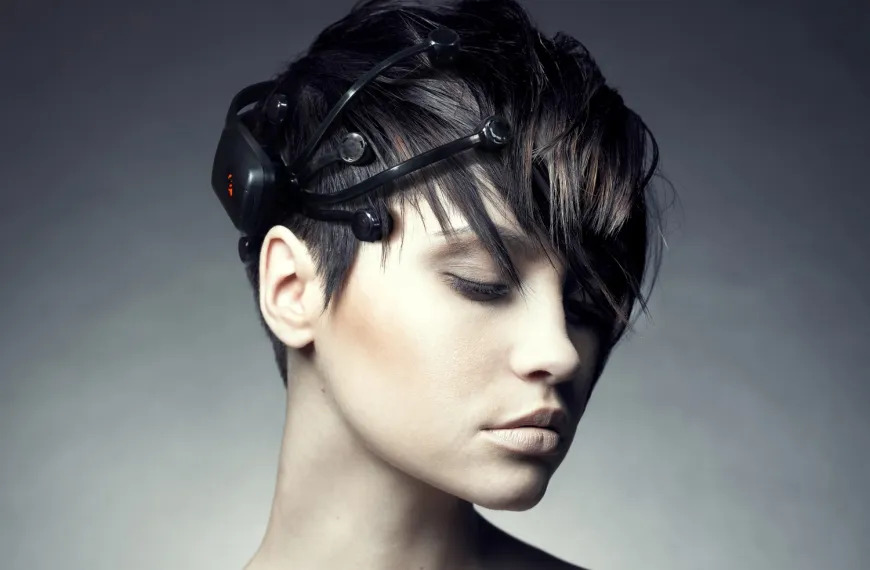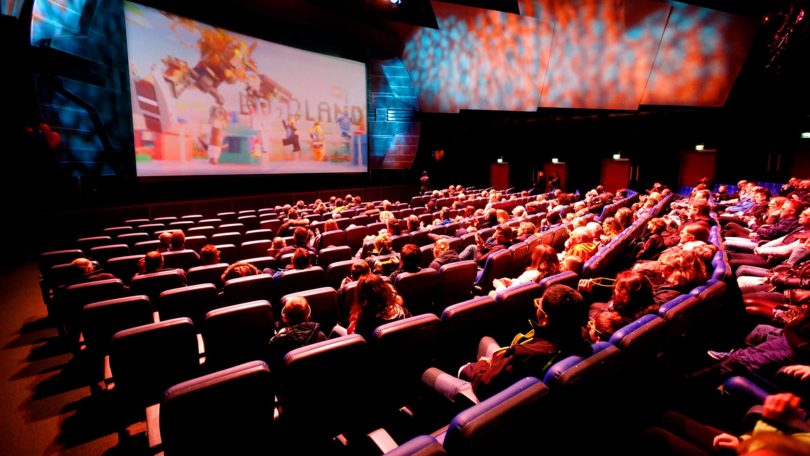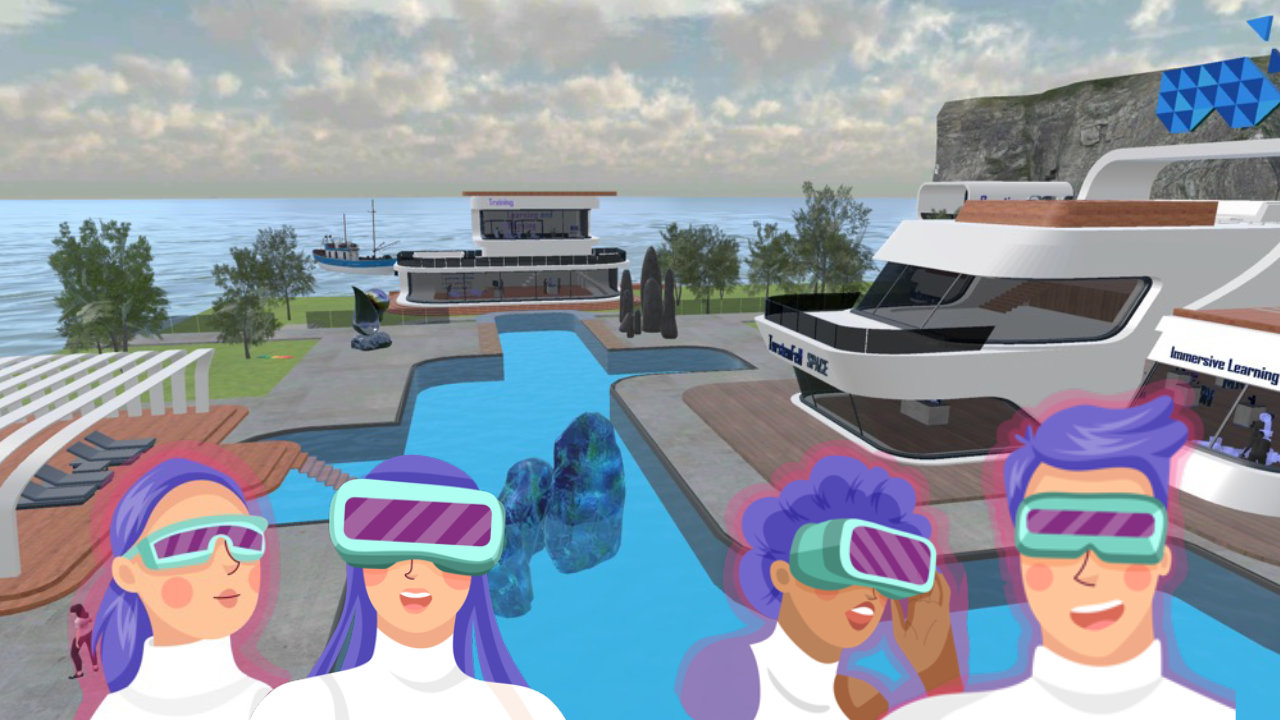EEG sensors utilize brain waves, and EMG sensors use muscle response to manipulate digital objects in the virtual space. There aren’t very many options on the market right now, and are mostly only used for specialized cases such as medical rehabilitation or accessibility for motor function impairments. The options that are available right now are used on the higher-end 6-DoF headsets.
This technology is still experimental, and is not ready for mass consumer adoption.
EEG Pros
- It frees your hands from the use of controllers.
- It’s a good option for people with motor-function impairments.
- It’s useful in measuring the state of mind of a person throughout the experience.
EEG Cons
- It takes time to calibrate the sensor with each individual person before it can be used effectively.
- They would be expensive for the majority of consumers.
- These devices require more concentration than traditional input methods.
Society isn’t fully ready for mass adoption
It’s my belief that society will need time before it’s ready to adopt machine-brain interfaces due to the current lack of trust in the technology. It’s similar to how we had issues with adoption of the Google Glass many years ago. Society wasn’t quite ready for that invasion of privacy. Now, people are adopting Augmented and Mixed Reality at much higher rates. A similar shift will need to take place for this tech as well.
Once people become more familiar with how it works, and they see more application examples in the wild, they will be more willing to accept it. The same will be the case for brain implants, only with a much, much higher hurdle.
Connect 2021, EMG inputs
EMG Pros
- It frees your hands from the use of controllers.
- It could allow people who have lost appendages to regain use in virtual space depending on severity.
- EMGs reduce or eliminate the need for full body suits to track your body movement.
- You’ll be able to have more precise movements than traditional hand tracking – such as typing and writing – without the need for gloves.
- It’s a more natural interaction for digital object manipulation.
- Your hands don’t have to be within line of sight of cameras on your headset to be tracked like they do with camera-based hand tracking.
EMG Cons
- The sizing of the EMG sensors can be an issue for large or small limbs. They may need multiple sizes as one-size-fits all options won’t support a large enough range of people.
- They can be expensive.
- They’re still experimental and can be buggy.
One comment about the Connect 2021 keynote
During the keynote presentation, Mark Zuckerberg makes a comment about using an EMG to interact just by thinking about it. It seems that he may be mixing up EMG sensors with EEG sensors since you do have to move your muscles to be able to pick up readings with an EMG.
Recommendations
At this stage of technology maturity, it is not recommended that EMG or EEG sensors be used as primary input methods for XR applications unless there is a specific educational, medical or rehabilitation use case. However, EEGs can be useful during the development and testing phase of the project creation process as a way to measure the effects the experience has on a participant at any given time.
The lack of availability of options to try means we don’t know enough about the technology to come up with good UX best practices at this time. That said, it can be safe to say you should also follow best practices for gestures when creating hand interactions with EMGs.
Learn more
- Electromyography (EMG) by Johns Hopkins Medicine
- The Introductory Guide to EEG (Electroencephalography) by Emotiv
- Facebook, now Meta, shows off new neural interface tech during Connect conference by Russell Holly, CNET
Quelle:




